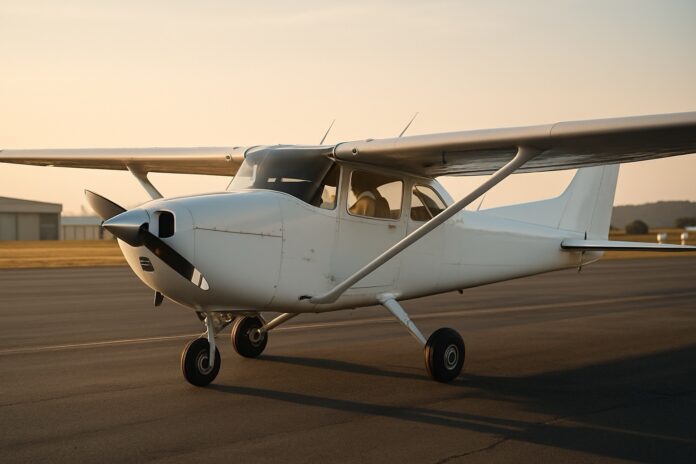Cockpit King is an independent digital platform dedicated to providing educational content focused on aviation, aircraft systems, air travel psychology, and the fear of flying. All material published on this website — including but not limited to articles, visual content, editorial commentary, technical breakdowns, blog posts, simulations, photographs, diagrams, and videos — is provided strictly for educational and informational purposes only.
No content on this website constitutes, nor should it be interpreted as, professional advice in any regulated field, including but not limited to: medicine, mental health, clinical psychology, emergency care, aviation safety, flight instruction, airworthiness engineering, or regulatory compliance. The information published on Cockpit King is intended to inform and educate a general audience, and must not be relied upon as a substitute for direct consultation with a licensed professional.
If you are experiencing flight anxiety, panic, phobias, or any form of psychological or physiological distress, it is essential that you seek appropriate support from a qualified medical provider or licensed mental health professional. Cockpit King does not provide mental health services, crisis support, clinical treatment, or diagnostic assessments of any kind.
Equally, no aviation-related content on this site should be treated as certified training, flight planning guidance, operational advice, maintenance instruction, or legal interpretation of air safety regulations. All flight-related decisions and actions must be made by trained, certified professionals operating within the frameworks of official regulatory bodies and aviation authorities. Cockpit King assumes no responsibility for the interpretation or application of any material in live operational contexts.
Although the site strives to publish accurate, well-researched, and timely content, Cockpit King makes no guarantees or warranties — express or implied — regarding the completeness, reliability, accuracy, or current validity of the information provided. Aviation is a complex and continually evolving field, and facts or standards may change without notice. Users are solely responsible for verifying any content before making decisions based on it.
Cockpit King disclaims all liability for any loss, injury, damage, disruption, or harm — whether physical, psychological, financial, operational, reputational, or otherwise — that may arise directly or indirectly from the use, misuse, or interpretation of this website’s content. This includes but is not limited to content errors, outdated references, scenario misinterpretation, visual representations, commentary, or external links.
All written material, photographs, simulations, diagrams, visual designs, and other media published on Cockpit King are the intellectual property of the site’s creators and contributors, unless otherwise stated. Content is protected under applicable copyright, intellectual property, and content licensing laws.
You may not reproduce, copy, distribute, edit, scrape, modify, re-host, mirror, or commercially exploit any part of the content or media on this website without prior written consent. Any unauthorised use, especially in misleading, defamatory, unsafe, or commercially deceptive contexts, is strictly prohibited and may result in legal action.
Visual imagery and graphics may include edited or illustrative elements designed to support storytelling, concept explanation, or dramatic context. These visuals are provided for educational and representational purposes only and are not intended to depict actual aircraft, airlines, flight events, or real-life individuals unless explicitly stated.
Cockpit King is not affiliated with, endorsed by, or formally associated with any commercial airline, aircraft manufacturer, regulatory agency, or governmental organisation unless explicitly disclosed. Opinions and views expressed on this site reflect those of the content creators and not of any employer, client, or governing authority.
External links may be included for user reference but are not monitored continuously. Cockpit King bears no responsibility for the content, accuracy, legality, or data privacy practices of third-party websites. Use of any external site linked from this platform is done at your own discretion and risk.
By accessing and using this website, you acknowledge and agree to all terms outlined in this disclaimer. If you do not accept these conditions in full, you must discontinue use of the website immediately. Your continued use constitutes acceptance of all risk associated with the use of the information and content provided.
For content concerns, copyright claims, image takedowns, or legal enquiries, please contact:
takedown@cockpitking.com


